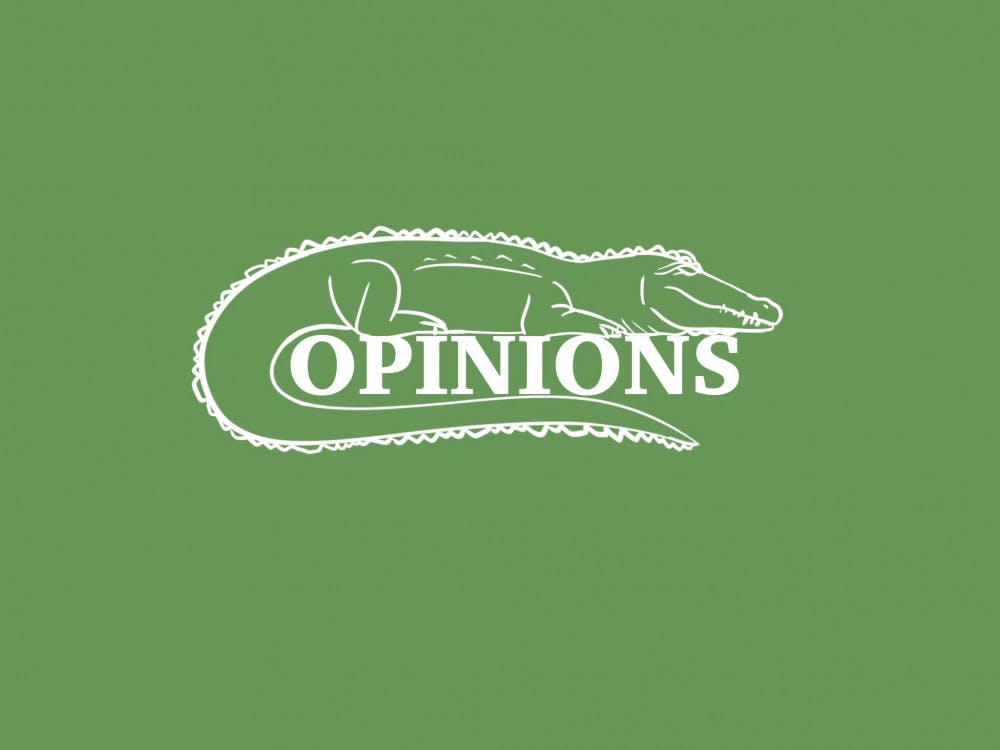Throughout the worldwide COVID-19 vaccination effort, the topic of unequal access to vaccines has been a prevalent issue, as the disparity between wealthier and poorer countries continues to be glaringly obvious. In response to this health crisis, members of the healthcare community like Dr. Alexander Edwards, an associate professor in biomedical technology at University of Reading, have felt emboldened to speak out by saying, “Pandemic means an outbreak for all - and the only way to address a problem for all, is with a global response: sharing data, sharing science, sharing technology and especially sharing essential medicines such as vaccines.”
Unfortunately, wealthier countries continue to work in their self-interest and ignore the words of Dr. Edwards and other experts like him, putting the lives of millions in other countries at risk.
Although the aforementioned issue of ensuring equitable global immunity is at the forefront of public health news, the United States has encountered its own array of problems regarding vaccine rollout. One of the most startling—yet frequently ignored—dilemmas throughout the COVID-19 vaccine distribution in the US has been the dramatic disparities in vaccination allocation that disproportionately affected minority and low-income groups.
The FDA approved the first two COVID-19 vaccines by Pfizer-BioNTech and Moderna in December and a vaccine by Johnson & Johnson subsequently in February. However, vaccine distribution was initially hindered by the limited supply of doses. As of April 12, only 22.3% of American adults have been fully vaccinated, which is not nearly enough to return to normalcy.
As with any scarce resource, allocation decisions had to be made and it made logical sense to allocate vaccines first to those who are at highest risk of becoming infected by the virus due to preexisting conditions or age. However, it is also important to consider the concept of individuals at a higher risk due to their occupation, living situation or other aspects of their social environment. Just by taking a look at the data, it seems that our medical system has been failing the latter.
Alachua County is no exception to the health inequity uncovered during the COVID-19 pandemic. The current data for COVID-19 cases in Alachua County revealed concerning racial disparities. According to the United States Census Bureau, Alachua County is composed primarily of white (69.6%) and Black (20.6%) individuals. Since the beginning of the pandemic, 5,406 Black Alachua County residents have been infected by COVID-19, consisting of 9.6% of the Black population. The comparable statistic for white residents is 7.2%, as 13,515 white residents have been infected over the course of the pandemic.
These numbers indicate that—taking population differences into account—Black residents are being infected by the coronavirus more than white residents. Knowing this information, shouldn’t we focus our vaccination efforts on racial and ethnic minorities?
However, Alachua County’s health inequity in COVID-19 cases is part of a much larger problem of racial health disparities within the state of Florida, which has been highlighted through recent statewide vaccination efforts. As of April 12, 489,809 Black Florida residents had received one or both doses of the vaccine, which is a mere 13.4% of the state’s Black population. On the other hand, 5,035,012 white Florida residents had received one or both doses of vaccine, which is 30.3% of the state’s white population and almost three times the number of Black Floridians who have received the vaccine. Taking into account the disproportionality of Black residents contracting the coronavirus and the lack of mobilization to vaccinate these same Black residents, this surely presents a quandary for Florida health officials to protect all groups of people within the state.
As a medical community, we should advocate to eliminate health disparities by focusing vaccination efforts to include all vulnerable populations and developing educational programs and resources that provide clear, science-based information to eliminate doubts and misinformation about the vaccine’s safety and efficacy. These efforts should include bolstering community outreach efforts by visiting communities of color to answer questions about the vaccine, setting up vaccination clinics throughout the community, and addressing vaccine hesitancy with cultural humility. As medical students, we can spearhead these efforts as vaccination will be imperative in combating the COVID-19 pandemic.
Written collaboratively by Sydney Levy, Rami Hatem, Angela Arata, Danny O’Keefe, Justin Shoemaker, and George McCann






